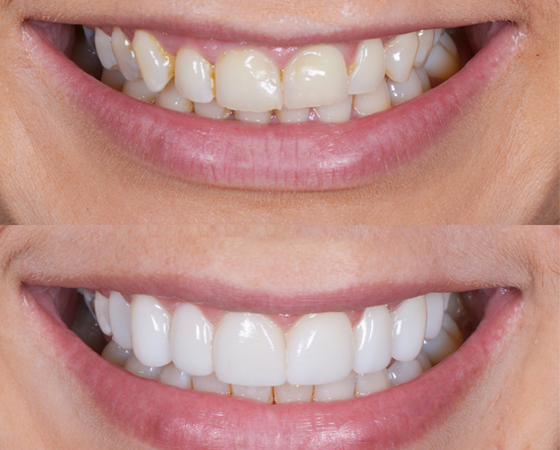info@thedrteeth.com
Dental bonding is a cosmetic procedure that uses a tooth-colored composite resin material to enhance your smile. This procedure is used to repair chips, close down gaps or change the shape and color of a tooth. Unlike other cosmetic dental treatments, such as porcelain veneers, dental bonding is completely reversible.
Dental bonding, sometimes called composite bonding or teeth bonding, is a cosmetic dentistry treatment used to enhance your smile. During the procedure, your dentist applies tooth-colored resin material to the affected teeth to change their shape, size or color.
Dental bonding is used to make cosmetic improvements to your smile. The procedure uses tooth-colored composite resin material to:

The same composite resin material used in dental bonding is also used in restorative dentistry to:
Cosmetic dental bonding offers many benefits compared to other cosmetic treatments. For example, the procedure is:
Although dental bonding material is somewhat stain-resistant, it doesn’t resist stains as well as porcelain restorations. Another disadvantage is that bonding isn’t as long-lasting as other restorative options, such as veneers or crowns. Also, bonding materials can chip over time.
In general, dental bonding is an excellent solution for making small cosmetic changes. If you’re looking for a more dramatic transformation, you may be better suited for other treatments, such as porcelain veneers.